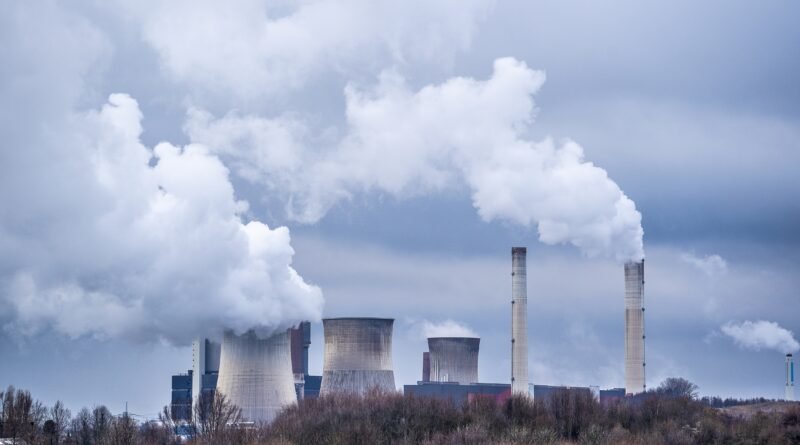The U.S. EPA Releases Fresh Guidelines Regarding State Strategies for Current Emission Sources
The U.S. Environmental Protection Agency (EPA) has recently issued updated regulations concerning state obligations in curbing emission from existing sources, in accordance with the Clean Air Act (CAA) Section 111. These regulations, affecting emission guidelines post-July 8, 2019, will significantly impact the formulation and pace of updated standards for existing facilities.
Background
The CAA Section 111(d) mandates the EPA to outline regulations for states to establish performance standards for air pollutant emissions from specified categories of facilities. This involves the development of emission guidelines for existing sources meeting the Section 111(d) criteria, which states then integrate into their plans within CAA § 111 boundaries.
The EPA had prior rules governing the state plan adoption process under CAA § 111, which were modified with the implementation of the 2019 Affordable Clean Energy Rule (ACE Rule). However, the U.S. Court of Appeals for the District of Columbia Circuit invalidated the ACE Rule in American Lung Association v. EPA, No. 19-1140 (D.C. Cir. 2021), citing arbitrary changes to the regulatory framework.
On December 23, 2022, the EPA proposed a rule to address the regulatory aspects affected by the American Lung decision. Following public feedback, the EPA finalized the rule on November 9, 2023.
Also Read About –
Giant batteries drain the economics of gas power plants
Implementation Guidelines
The final rule establishes timelines aimed at allowing states ample time for plan development and submission, while also enabling EPA review and action (including federal plan issuance if required), in compliance with the American Lung ruling. Key provisions include:
- States are granted 18 months to submit plans to the EPA, with EPA having 60 days to assess completeness and 12 months for final action (approval/disapproval or federal plan issuance).
- State plans with compliance deadlines exceeding 20 months post-submission must include progress increments as per relevant emissions guidelines.
- EPA reserves the right to find previously approved state plans substantially inadequate, necessitating plan revisions.
- Flexibility is provided for less stringent standards or extended compliance deadlines if certain conditions (e.g., unreasonable costs, technical infeasibility) are demonstrated and stringent criteria are met.
- Approval of state plans allowing sources to collectively meet performance standards (e.g., through trading or averaging) is permitted.
Stakeholders in affected industries should take note of this updated process for any forthcoming emission guidelines. Additionally, there’s a 60-day window after the Federal Register publication for opponents of the rule to file challenges in the U.S. Court of Appeals for the District of Columbia Circuit.




